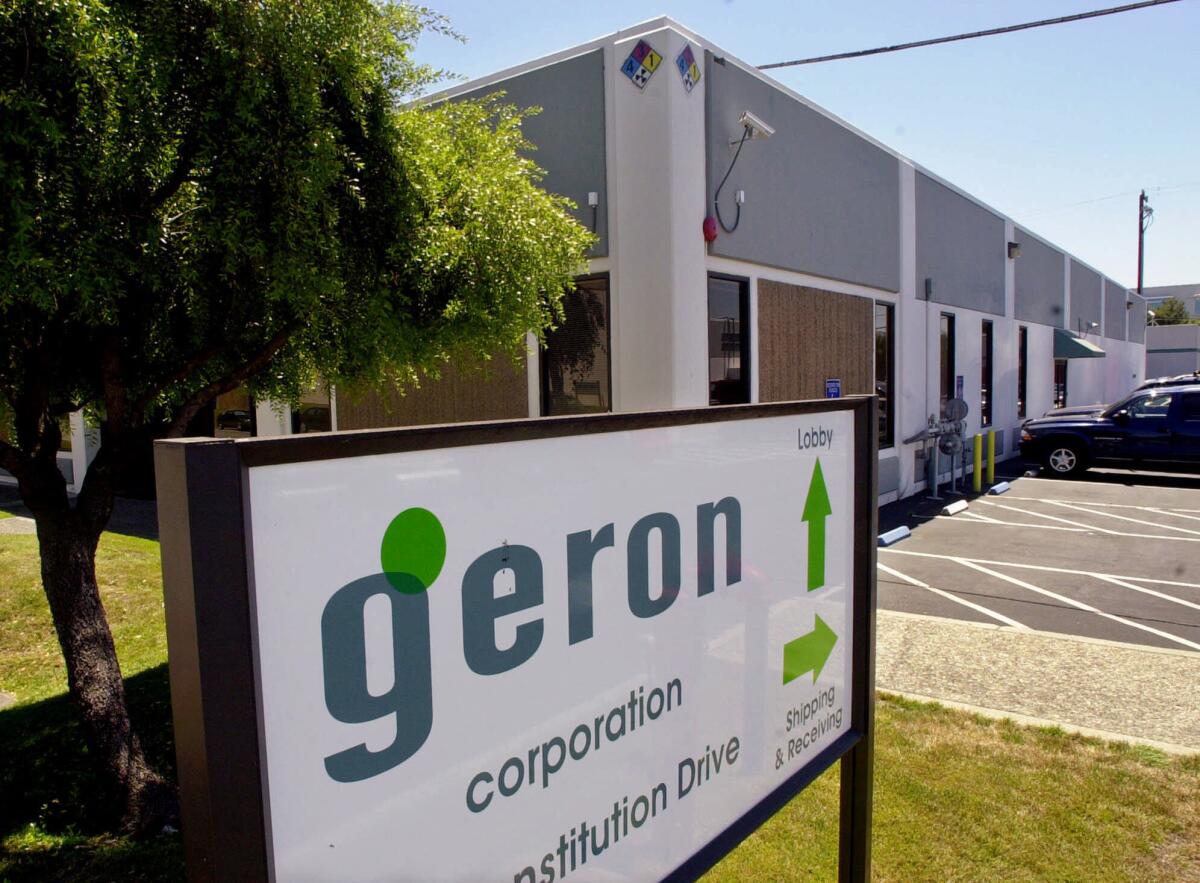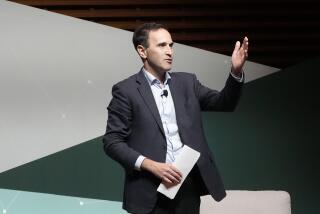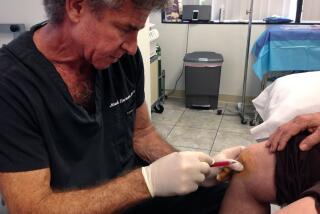New study: Stem cell field is infected with hype

When billions of dollars are at stake in scientific research, researchers quickly learn that optimism sells.
A new study published in Science Translational Medicine offers a window into how hype arises in the interaction between the media and scientific researchers, and how resistant the hype machine is to hard, cold reality. The reportâs focus is on overly optimistic reporting on potential stem cell therapies. Its findings are discouraging.
The study by Timothy Caulfield and Kalina Kamenova of the University of Alberta law school (Caulfield is also on the faculty at the school of public health) found that stem cell researchers often ply journalists with âunrealistic timelinesâ for the development of stem cell therapies, and journalists often swallow these claims uncritically.
The authors mostly blame the scientists, who need to be more aware of âthe importance of conveying realistic ... timelines to the popular press.â We wouldnât give journalists this much of a pass; writers on scientific topics should understand that the development of drugs and therapies can take years and involve myriad dry holes and dead ends. They should be vigilant against gaudy promises.
Thatâs especially true in stem cell research, which is slathered with so much money that immoderate predictions of success are common. The best illustration of that comes from Californiaâs stem cell program -- CIRM, or the California Institute for Regenerative Medicine -- a $6-billion public investment that was born in hype.
The promoters of Proposition 71, the 2004 ballot initiative that created CIRM, filled the airwaves with ads implying that the only thing standing between Michael J. Fox being cured of Parkinsonâs or Christopher Reeve walking again was Prop. 71âs money. They commissioned a study asserting that California might reap a windfall in taxes, royalties and healthcare savings up to seven times the size of its $6-billion investment. One wouldnât build a storage shed on foundations this soft, much less a $6-billion mansion.
As weâve observed before, âbig scienceâ programs create incentives to exaggerate results to meet the publicâs inflated expectations. The phenomenon was recognized as long ago as the 1960s, when the distinguished physicist Alvin Weinberg warned that big science âthrives on publicity,â resulting in âthe injection of a journalistic flavor into Big Science which is fundamentally in conflict with the scientific method.... The spectacular rather than the perceptive becomes the scientific standard.â
Interestingly, the event used by the Alberta researchers as the fulcrum of their study has a strong connection to CIRM. Itâs the abrupt 2011 decision by Geron Corp. to terminate its pioneering stem cell development program. This was a big blow to the stem cell research community and to CIRM, which had endowed Geron with a $25-million loan for its stem cell-based spinal cord therapy development. Then-CIRM Chairman Robert Klein II had called the loan a âlandmark step.â
There had been evidence, however, that CIRM, eager to show progress toward bringing stem cell therapies to market, had downplayed legitimate questions about the state of Geronâs science and the design of the clinical trial. And Geron had been criticized in the past for over-promising results.
In their study, Caulfield and Kamenova examined more than 300 articles appearing in 14 general-interest newspapers in the United States, Canada and Britain from 2010 to 2013. They scrutinized the articlesâ reporting of timelines for the ârealization of the clinical promise of stem cell researchâ and their perspective on the future of the field generally. The U.S. newspapers were the New York Times, the Wall Street Journal, the Washington Post and USA Today.
They also examined whether the mediaâs level of optimism changed after the Geron bombshell. They found âno substantial changes in expectations.â (The study didnât make any reference to CIRM.)
On the whole, news coverage was strongly optimistic. Of all news reports indicating timelines for effective stem cell therapies, 69% predicted that these would be available âwithin 5 to 10 years or sooner, just around the corner or in the near future.â This, they observed, is ânot an accurate reflection of the realitiesâ in making stem cell therapies available.
The danger, Caulfield and Kamenova wrote, is that âthis high optimism in media coverage might be adding to the fostering of unrealistic expectations regarding the speed of clinical translation,â and also raises questions about âthe dynamic of hope that underpins a global market for unproven [stem cell] therapies.â
In other words, hype begets hype, and money gets wasted.
One especially telling discovery by Caulfield and Kamenova is that reporting on the ethical, legal and social issues of stem cell research -- once-dominant subjects -- has fallen off. This may reflect the maturing of the field, they acknowledge. But it may also lead to more focus on forecasts and predictions, which donât seem to be getting any more accurate or judicious.
Scientific researchers, especially those working in the biotech industry, already face the same pressure as stock market analysts to predict sunny skies ahead. Yet as we know from the performance of the stock market in the last decade, unreasoned optimism can be very costly.
Keep up to date with the Economy Hub. Follow @hiltzikm on Twitter, see our Facebook page, or email [email protected].
More to Read
Inside the business of entertainment
The Wide Shot brings you news, analysis and insights on everything from streaming wars to production â and what it all means for the future.
You may occasionally receive promotional content from the Los Angeles Times.











